Mixing old and new batteries is bad.
But there are various options how they can be mixed, and I guess there are use cases in which certain ways of mixing can be justified.
In my off-grid solar system I am using quite good lead-carbon batteries capable of surviving 4000 cycles when discharged up to 50%. Their Partial State of Charge (PSOC) wear is minimal. Also they can be charged 2.5 times as fast as traditional lead acid types. At the moment I am running 12 of them — connected in 3 parallel quartet series. I am giving them quite hard times — discharging down to 50% every night and topping up to 100% during daylight.
Now I want to scale the array up — add another quartet or two. Say if I do it this way it perhaps would be quite bad:
But a gut feeling tells me I might get away with this:
I am sort of lazy to do the calculations vs ask this question. Is my gut feeling wrong or right? Is there any difference between the two options above? How much will the new batteries suffer if the old ones are only say 20% worn? Should I even think of scaling the array up, or should I just wear it out completely and buy all new batteries thereafter?


